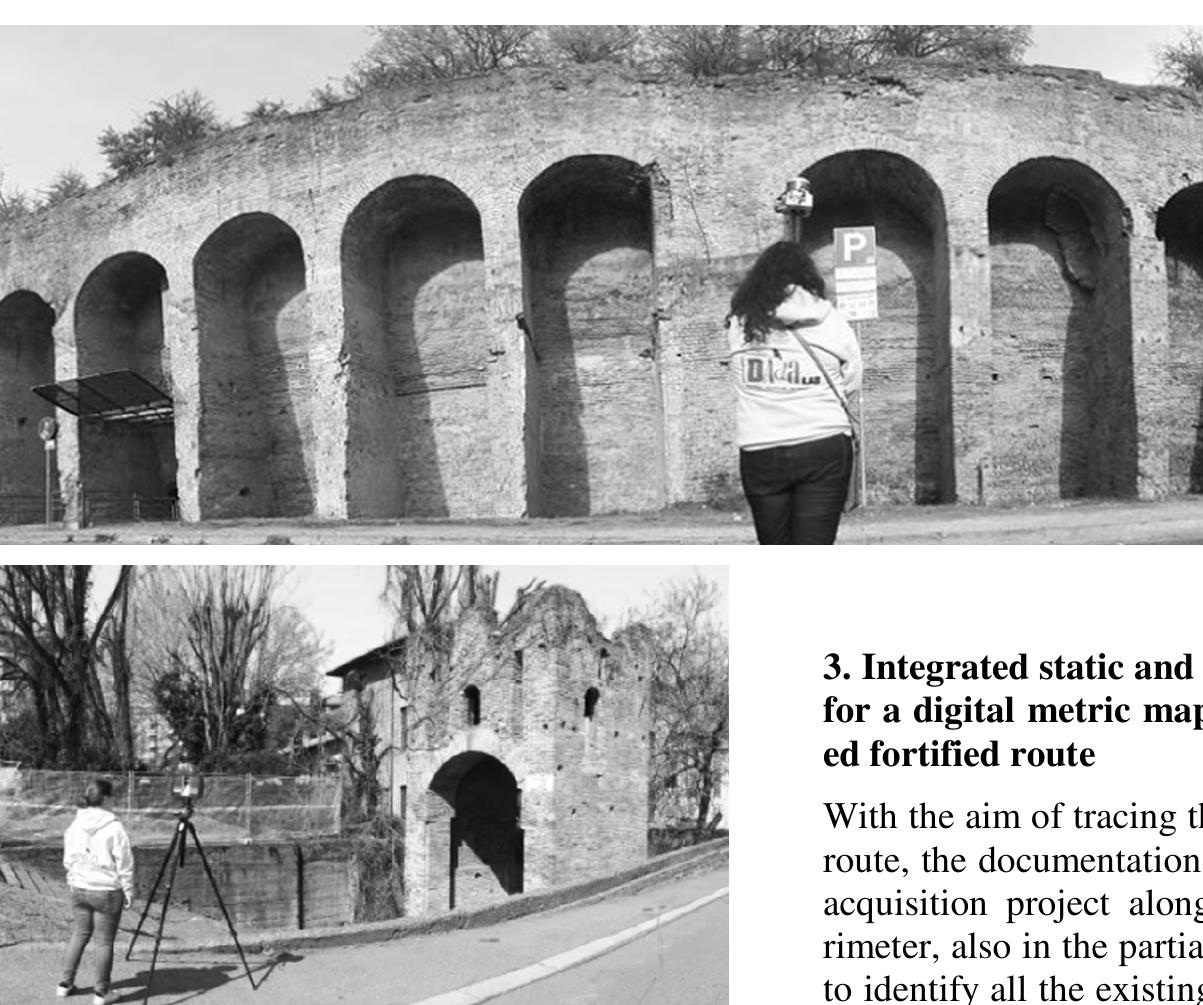Figure 2 – uploaded by Francesca Galasso

Figure 2 Project drawings of bastioned fortified walls in Pavia (seventeenth century). The new perimeter recovered the planimetry es- tablished in the historic center of Pavia and it planned to expand the defence area, widening the border on three sides, except for the river boundary to the south, even preserving the main routes of the city (Gianani, 1983). With the em- peror’s death in 1558, the fortified project con- tinues its completion under the reign of Philip II, with massive interventions on the existing urban fabric and the destruction of buildings, orchards and gardens to give space to the wider walls.








